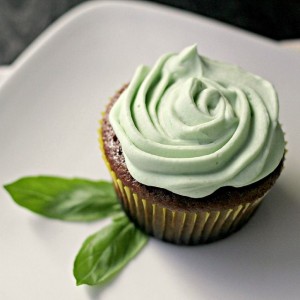
One of the beautiful aspects of Ayurveda is the concept of shad rasa, or the six tastes. Ayurveda says that each food contains at least one of the six tastes: sweet, sour, salty, bitter, pungent and astringent. It is important for us to get all six tastes in our diet. Rasa is the first short-term action on the body when we put food, drink, or herbs in our mouth. Each taste has its own unique actions on the body. I will post a series of blogs on the six tastes and how they function.
Madhu rasa, or the sweet taste in Ayurveda seems to the most favorite for many people. These shad rasa correspond to various parts of the tongue. Ayurveda statesit’s good to start a meal with the sweet taste as it’s the first taste on the tongue. Now you have an excuse to eat dessert first!
Everything in Ayurveda is made up of five elements: ether, air, fire, water and earth. The tastes also correspond to the five elements. Sweet is made up of earth and water. This is the same composition as Kapha dosha, the heavy, grounding material in our bodies which provides us with structure and lubrication.
The first stage of digestion is in the mouth and then the stomach. This is a moistening action, so it relates primarily to the sweet taste. The stomach is the main site of Kapha dosha. Sweet is related to the upper part of the stomach.
Sweet promotes the growth of all bodily tissues, increases longevity, and gives strength. Madhu rasa has an anabolic (tissue building) effect. The sweet taste rebuilds weakness and emaciation. It relieves thirst by stimulating salivation and reduces burning sensations by increasing circulation. Sweet affects our complexion by promoting the health and grown of skin and hair. Sweet is also good for the voice .It adds bulk to the body, creates firmness. It strengthens the heart, relieves heartburn, acts as a demulcent, expectorant, and mild laxative.
Qualitatively, the sweet taste is wet, cooling, and heavy. The sweet taste in Ayurveda increases Kapha dosha and decreases Vata and Pitta doshas.
Ayurveda teaches that all things are meant to be taken in moderation. Too much sweet taste in Ayurveda can create obesity, laziness, excessive sleep, heaviness, loss of appetite, weak digestion, difficulty breathing and urinating, cough, excess salivation, loss of feeling, loss of voice, swelling of the lymph glands, legs and neck and other types of Kapha disorders.
The sweet taste can be found in: Sugars, honey, licorice, dates, fennel, flaxseed, grapes, apricots, melons, bananas, almonds, sesame seeds, marshmallow, butter, ghee, beets, milk, carbs, millet, corn, wheat, oats, and rice.
We require the sweet taste in Ayurveda, but not in excess. We must eat for the health of the body, not for the taste that the body may crave. White sugar depletes the immunity for about six hours. Better to use turbinado, stevia, or sucanat, palm sugar, maple syrup, or unheated honey as sweeteners. Research shows that sugar substitutes cause cancer and should be avoided.
Ayurveda states that we are impacted both physiologically and psychologically by what we ingest. Madhu rasa promotes compassion and satisfaction, soothes the five sense organs and the mind. Excess sweet leads to attachment & possessiveness, which are signs of increased Kapha dosha.
Take this free quiz to determine which dosha is out of balance at the moment.